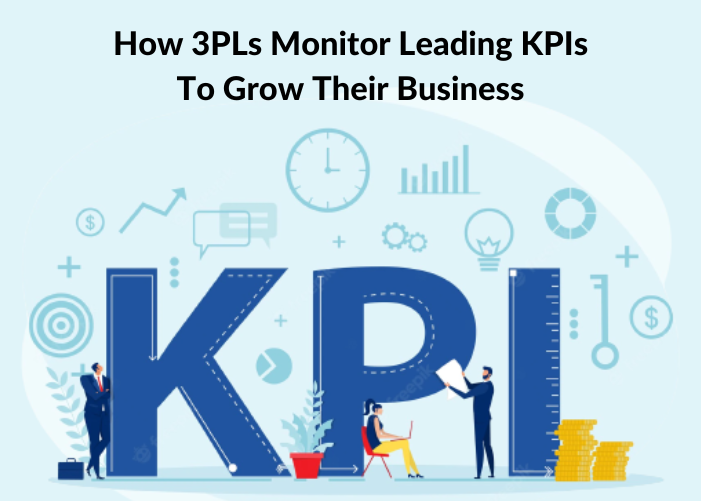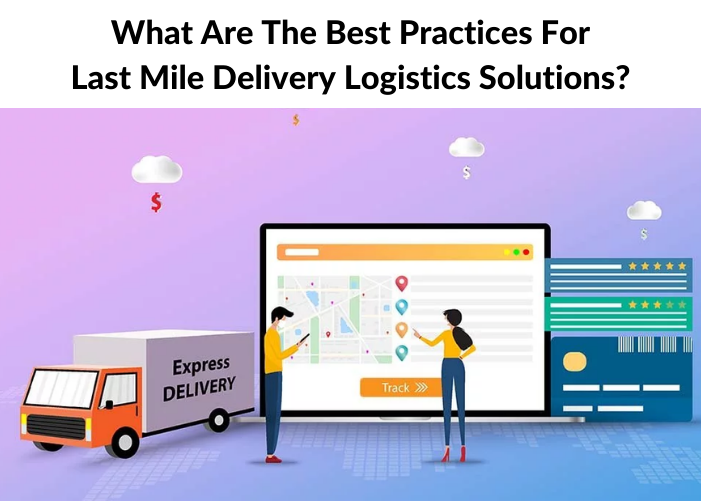Summary
All businesses – including 3PLs – measure the health of their business by using Key Performance Indicators (KPI). They include key operating ratios, profit margins, customer satisfaction and feedback, addressing grievances, and so on.
This set of KPIs, and their resultant insight, form the dashboard that company leadership uses to gauge company performance, identify gaps between planning and actual, and take steps to correct shortfalls while continuing to grow business opportunities.
In today’s world, especially with the advent of eCommerce firms, outsourcing a company’s logistics and distribution to a 3PL (third-party logistics) company makes sound business sense. Along with business profits, the scale also brings immense challenges in the areas of transportation, warehousing, order fulfillment, and distribution. Therefore, company management is better off outsourcing these (crucial) functions to the expertise of a 3PL.
On its part, the 3PL must monitor its performance to meet client expectations. Choosing the correct KPIs and tracking them relentlessly is the correct way to ensure a profitable and robust operation.
What are the topmost KPIs a 3PL must track in order to grow its business successfully?
Define, measure, analyze, implement, and control: The first step to setting up KPIs for a 3PL is to start by understanding its scope of operations and objectives. Some key questions are mentioned below:
- Overall company objectives:
- What delivery times do you need to achieve?
- What are your operating costs, and what margins does your industry allow?
- How can you set up an effective pricing policy?
If you don’t start at the very core of your business to answer the questions, you will likely have set up faulty KPIs. That would, in turn, have disastrous results!
Leading KPIs for a 3PL
1. On-time delivery: Nearly 90% of online shoppers consider the delivery times offered by sellers before making a purchase decision. Your success rate, i.e., parcels delivered on time, is a critical measure of the success – and growth – of your 3PL business. If you don’t match up to the delivery times maintained by your competitors, you will surely lose customers and revenue.
2. Order fill-time: There are two distinct parts to getting an order to its customer on time. The second begins once the package(s) are shipped out of the warehouse. The first (i.e. order fill-time), however, is a captive process within the warehouse and is related to the amount of time 3PL teams take between receiving an order and getting it out the warehouse door. 3PLs must maintain minimum fill-time since that gets the order out and running at the earliest.
3. Inventory movement: One of the biggest problems that firms encounter is running out of stock when customers are looking to order those very items. This problem is exacerbated during peak seasons (e.g. holidays and festivals), which is, actually, exactly the time when you must ensure adequate stock to maximize your profits.
Moving inventory received from dock-to-stock, i.e., making it available on shelves as fast as possible so that it becomes available for customers to order, is crucial. Inventory staying on shrink-wrapped pallets for days will hurt your business tremendously.
4. Inventory accuracy: By extension of the point above, maintaining inventory accuracy is a top-most KPI for 3PLs to maintain. If the correct mix of inventory – both, in terms of the number of SKUs and the number of individual units – isn’t maintained, predicting customer demand becomes error-ridden and faulty. This, in turn, leads to a slew of problems like poor revenue prediction, poor supply-chain management, and higher cost of operation (etc.). It generally occurs when a 3PL isn’t utilizing the best possible, and automated, warehouse management system.
5. Shipping and Order Accuracy: Another key indicator of shipping efficiency is your shipping accuracy. Offering fast shipping such as 24-hr delivery and same-day delivery is great, but it will be rendered ineffective if your packages regularly land up at the wrong destinations!
While shipping accuracy will not give you a comprehensive look at your performance as a 3PL, it is a key indicator and must be monitored. If you are under 99%, you are operating below-par.
Similarly, the contents of the packages must be correctly packed – imagine your distaste as a consumer if you were to find the wrong items when you opened your package! Unless you maintain a success rate of 99.8%, you will certainly be losing customers.
6. Processing order-return: Order returns are an unavoidable part of the supply chain and logistics business. And, it is even more common in the modern world of eCommerce. At least 95% of the time, you need to process order returns within 48-72 hours. If a 3PL isn’t achieving this rate in its reverse logistics process, then there is an endemic problem.
7. Transit damage: Similarly, another existential problem of the logistics industry is that there will be goods that are damaged in transit. But, if the rate of occurrence is more than acceptable benchmarks, then there is something wrong with the process that a 3PL is following. For, example, items may not be packed with sufficient padding, or the sizes of boxes are wrong (too big or too small). All this increases the chances of damage while in transit.
8. Unit-cost: Just like some metrics mentioned above are direct indicators of certain elements of a 3PL operation, other KPIs like cost-per-unit give you a panoramic view of the efficiency of a 3PL operation. You arrive at this by dividing the total shipping cost by the number of packages shipped.
While this figure will depend on the type of cargo you ship, and the distances they travel before reaching the customer’s doorstep (etc.), you must make sure that you are within the acceptable range of your competitors. If not, you need to conduct a root-cause analysis as to where you are falling short. At the end of the day, customers will begin to shift away if your costs are consistently higher than those of your competitors (for the same set of services).
Conclusion: As is evident, a 3PL can monitor its performance carefully by choosing the correct KPIs. Done properly, they become solid indicators of business health. Additionally, using automated systems and software like last mile delivery solutions is key to maintaining the requisite levels of performance.


